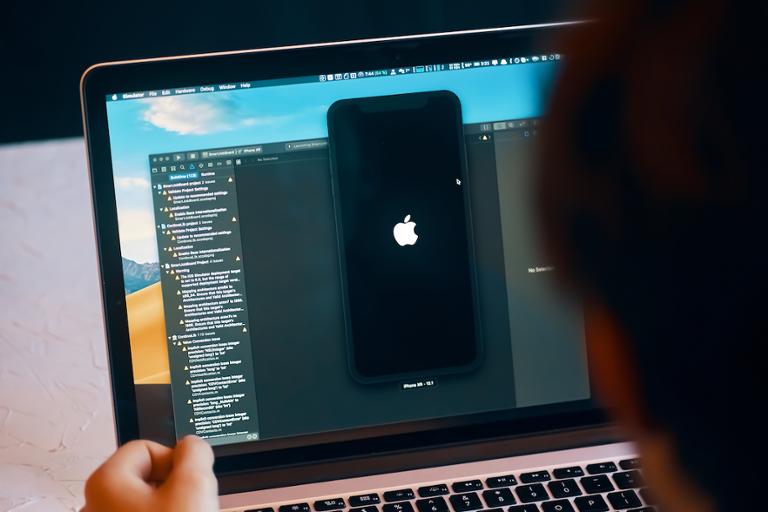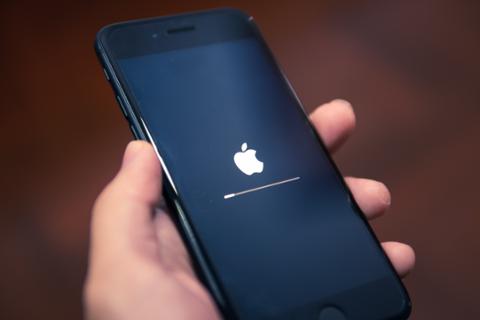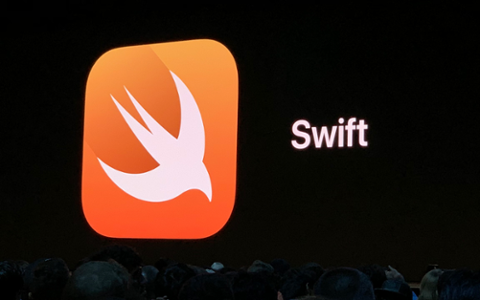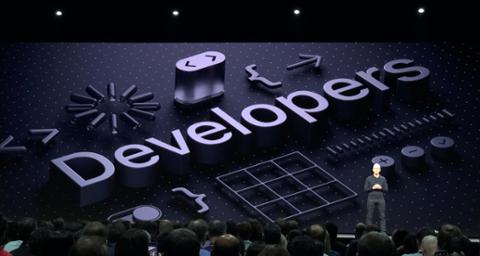For iOS developers, the competition for open positions is fierce, and the interview process is a long and tedious one. The key to opening that door to the first interview is your résumé—so here are 10 ways to improve yours.
Fonts Matter
That 10-point font may allow you to scrunch your résumé onto one page, but it’s hard to read. While it may pass an ATS (Applicant Tracking System) scan, once a human lays eyes on it, they might get really irritated over having to squint to read.
Instead, use a larger font size (12-point is fine). If you want to shake things up a bit—Times New Roman is fine but also done to death—go for the Apple-designed San Francisco font! A hiring manager or technical lead may notice that attention to detail, especially since this is an iOS-related position. And if there’s a designer on your interview panel, they’ll definitely love it. (Just don’t get too crazy with the fonts.)
Laying It Out
The layout of your résumé proper is also important. Don’t be boring… but don’t get too creative. A “fun” résumé is interesting, but remember that, above all else, its information should be easily digestible. Also, keep in mind that your résumé may pass through an ATS, which may have problems reading clever graphics or odd layouts.)
Keep it simple, and clean. Using a Word or Pages template is fine, but take the time to expand on the template to make it your own. You want to stand out, so don’t be afraid to make your header large, or use subtle color shifts.
And if you have a lot of experience, don’t be afraid of a two-page résumé! It’s not necessarily a detractor.
Projects are Key
Carve out a segment on your résumé to highlight projects you’ve worked on. These can be ones your company (or former employer) has published, or open-source repos you’ve contributed to.
A company hiring an iOS developer will want to know you did more than sit at a desk and manage JIRA tickets. Showcasing projects you’ve worked on matters (and makes it far simpler for a potential employer to see what you’re capable of).
Skills Pay the Bills
A great iOS developer résumé lists skills under their own header. Chances are, describing what you did at your last job won’t adequately note all the things you’re capable of, but a special section of your résumé can!
Let’s also remember that listing your skills makes it easier for a recruiter or hiring manager to scan. Use bullet-points to make it easier on the eyes, and you can be creative and detailed here, as well. For example, don’t just list “SQL” as a skill; instead, write something like “SQL database hosting using technologies such as MySQL, SQLite, and Realm.”
Listing skills and technologies used in their own section helps a hiring manager know exactly what you’re capable of. If the job posting asks for skills you have experience in, make sure they’re listed in this section.
Jobs are Boring, But Your iOS Developer Résumé Shouldn’t Be
The main goal of a résumé is to list where you’ve worked, what you did there, and the impact you ultimately had. (The urge to write something like “sat in far too many pointless meetings” is real—but you must fight the impulse!)
If your former employer is a notable name, use a quick one- or two-line intro about specific projects you worked on while there, then move quickly to a list of your accomplishments. It should look something like this:
- Job title, company (time employed)
- While at (company), I was part of the (team) which worked on (product). In my time there, we (list notable accomplishment).
- Measurable achievement 1
- Measurable achievement 2
- Measurable achievement 3
Publish Something. Anything.
Résumés are cool, but have you ever shipped?
Any company hiring an iOS developer will want to know if you’ve shipped something, and have experience dealing with the App Store (or have deployed internally). If you’ve only deployed an app internally at a company, use the aforementioned ‘skills’ section to note how you shipped that product.
The App Store is a minefield, and an employer will want to know you have some experience navigating it. Apps rarely skate through the review process unscathed, and chances are good that your potential employer will want to know how you solved issues from the App Store review team.
List products you’ve shipped on your résumé – and don’t be afraid of…
Links!
Résumés are living, breathing documents. Gone are the days where we were expected to walk into a meeting with paper copies of it. Chances are excellent that most potential employers will be reviewing your résumé on a screen, so don’t be afraid to include links!
For instance, any section on projects should absolutely include links—but don’t go crazy. Your résumé shouldn’t look like a Wikipedia or Google search-results page; you don’t need to link to every single skill you’ve got experience with.
And speaking of links…
Blog About Your Experience
Let’s get back SQL for a minute. Can you actually explain what you achieved with it? Hiring managers want to know how you executed a particular skill to accomplish a goal, and there’s no better primer for them than a blog.
An iOS developer will most often work on a team, and a blog is a great way to show you have the experience you claim to have, and that you can explain to an audience how you accomplished a goal (soft skills for the win!). This is a subtle way to let a recruiter know you’d be a good team player!
Don’t be afraid to carve out space on your résumé with a few links to blog posts about technologies you’ve used, or noting skills the company is looking for.
iOS Community
Many companies care about your involvement in the iOS developer community. If you’re active in the local developer community, your résumé is a good place to note that.
While community involvement isn’t critical, it does show an employer you’re dynamic (and continually learning and honing your craft). It’s also a hint that you have soft skills, which are increasingly important in today’s workplace.
Swift or Objective-C?
Spoiler alert: both matter.
The move to Swift is real, and no company with an iOS product will be able to avoid it. If you’re focused on Swift, that’s fine, but you should at least know how to work with Objective-C.
If you’ve worked on migrating a codebase from Objective-C to Swift, most companies will find that interesting. Chances are, their more recent tweaks have become more difficult as the legacy codebase struggles to conform to modern protocols. It may even be why they’re hiring for the role!
Most iOS developer jobs ask for both languages, and this is typically why. Take every opportunity on your résumé to note how you’ve utilized both languages.



